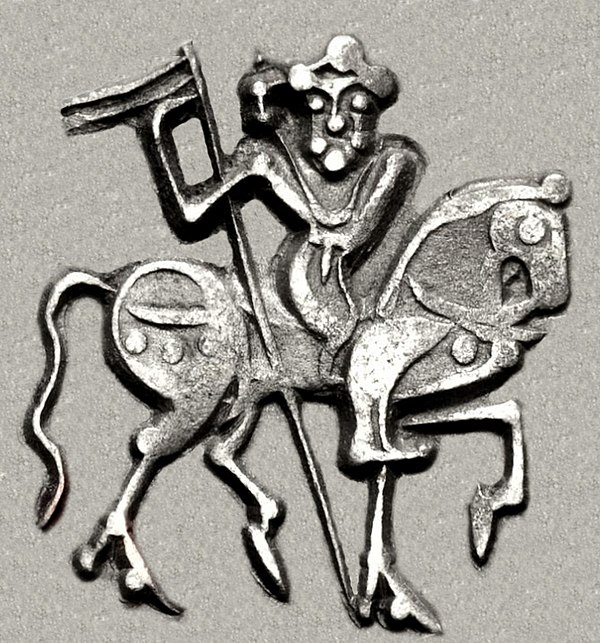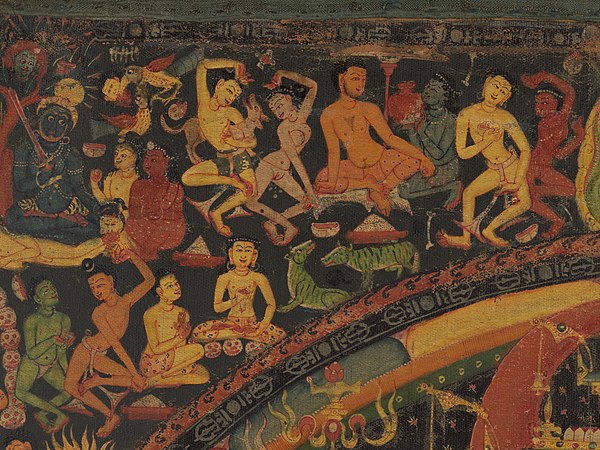Oddiyana
Videos
Page
Udiana, a small region in early medieval India, is ascribed importance in the development and dissemination of Vajrayāna Buddhism. Tibetan Buddhist traditions view it as a Beyul, a legendary heavenly place inaccessible to ordinary mortals. Padmasambhava, the eighth-century Buddhist master who was instrumental in the introduction of Buddhism to Tibet, was believed to have been born in Oddiyana. The Dzogchen Siddha Garab Dorje is likewise attributed to this region.

Udiana shown with the name of Uddayana in Medieval India, 100 BC

The Amlukdara stupa, in the Swat District of Pakistan. The main stupa with its sacred area was founded around the third century and lasted until 10th or 11th century.

Horseman on a coin of Spalapati, i.e. the "War-lord" of the Hindu Shahis. The headgear has been interpreted as a turban.
Vajrayana
Videos
Page
Vajrayāna, also known as Mantrayāna, Mantranāya, Guhyamantrayāna, Tantrayāna, Tantric Buddhism, and Esoteric Buddhism, is a Buddhist tradition of tantric practice that developed in the Indian subcontinent and spread to Tibet, Nepal, other Himalayan states, East Asia, and Mongolia.

A vajra and bell (ghanta), which are classic ritual symbols of Vajrayāna

Mahasiddhas, Palpung monastery. Note the figure of the great adept Putalipa at center, seated in a cave and gazing at an image of the meditational deity Samvara and the figure at the bottom left holding a skull-staff (khaṭvāṅga) and a flaying knife (kartika).

Diamond Realm mandala, based on the tantric Vajrasekhara Sutra, and symbolizing the final realization of Vairocana Buddha in Shingon

Naked tantrikas dancing and eating from skull cups (kapalas), closeup of a Chakrasamvara mandala